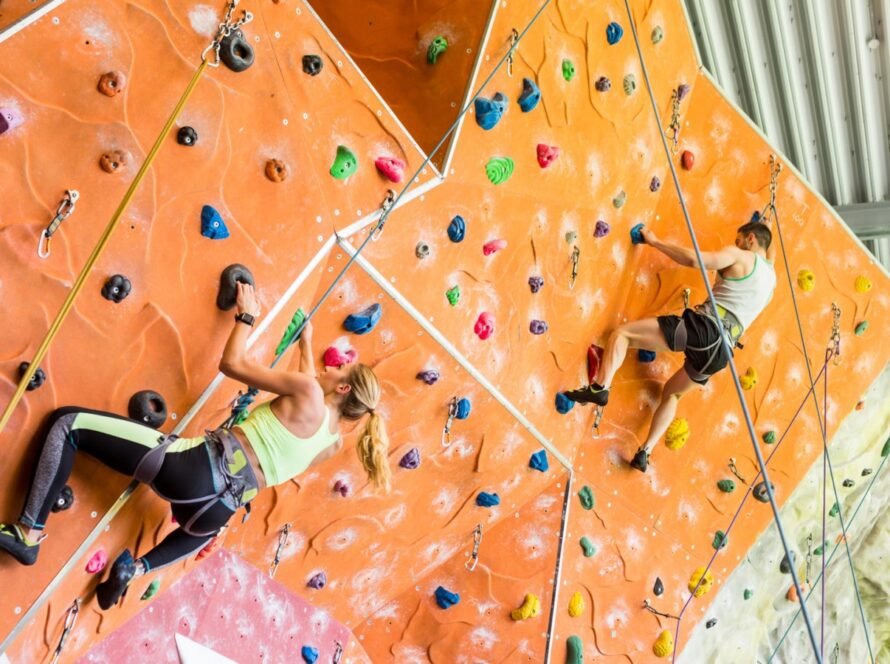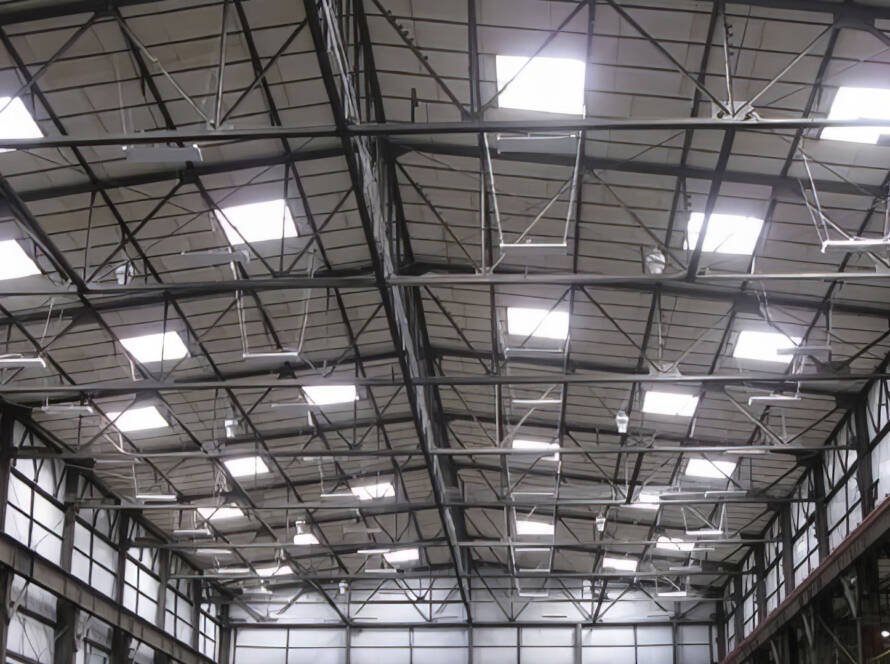Defining stratified air and how it affects air distribution systems.
SUMMARY
Many HVAC systems in large commercial and public buildings rely on traditional methods that involve excessive energy consumption and significant operational waste to maintain comfortable indoor air quality at floor level. This approach often leads to inefficient temperature control, particularly during extreme weather conditions.
However, a new solution has emerged in the market: effective destratification. By addressing the phenomenon of stratified air, this method significantly reduces energy costs, in some cases by as much as 35%, while creating a harmonious and pleasant indoor temperature that is conducive to human habitation. Implementing destratification technology leads to a more sustainable and cost-effective approach to maintaining optimal building environments.
Thermal Stratification
Thermal stratification, also known as stratification, occurs when there is a juxtaposition of denser (cold) and lighter (warm) air masses. This phenomenon results in the formation of a vertical temperature gradation of air, commonly referred to as temperature stratification. In buildings with high ceilings, this temperature disparity between the floor and ceiling can be significant.
When overhead ducts are present, the air near the ceiling can become uncomfortably warm, while the air at floor level remains too cold, leading to an ineffective thermal balance. During colder months, the trapped hot air at the ceiling fails to benefit the building’s occupants, while in summer, stagnant pockets of cold air coexist with uncomfortably warm areas. Addressing thermal stratification becomes crucial to achieve a consistent and comfortable indoor environment.
How Does Air Stratification Increase Costs?
Without an effective way to redistribute the warmer ceiling air to the floor, the heating system must produce enough hot air to fill the entire space such that the lowest level of the strata receives sufficient heat for comfort. And since the thermostat is located near the floor the controls are biased to overheat the upper regions of the room. In cooling situations, more air must be chilled to overcome sultry zones.
One of the first casualties of human discomfort is productivity. Besides the costs of lost worker output, operational budgets suffer in the following ways:
· High energy expenses to heat or cool more air than necessary
· Shorter HVAC lifespans from excessive runtime
· Shorter lighting lifespans as they cannot dissipate heat
How Can Air Be Effectively Destratified?
The solution is forcing a direct, non-turbulent airflow from ceiling to floor. This straight column of air gently pushes the upper air to the floor which then washes horizontally across the area where people live and work. A destratification air distribution system like Airius fans eliminates the problems of stratified air. This is because the Airius fans create a gentle, continuous circulation of air that mixes the warm and cool air in the space. This prevents warm air from accumulating at the ceiling and cool air from settling at the floor level. As a result, the temperature within the space becomes more uniform, and the HVAC system works more efficiently, thus reducing operating costs and increasing energy savings.
Moreover, the constant circulation of air also eliminates stagnant air and improves indoor air quality, preventing the spread of airborne pollutants and microorganisms. Thus, destratification systems like Airius fans are highly effective in creating a comfortable and healthy indoor environment while saving energy costs.
Watch a video demonstration of this principle in action.
Unlock the Benefits of Destratification Fans
Destratification fans address many of the issues outlined above and provide significant benefits for building comfort and operating costs including:
· Up to 35 percent lower heating and 30 percent lower cooling costs
· More comfort at the occupied levels that people are working
· Increased worker focus and productivity
· Increased HVAC and lighting system longevity
· Smaller carbon footprint
· Help meet ASHRAE standard 55
· An additional factor in LEED certification
With Airius destratification fans in place, the natural but expensive issues of stratified air in conditioned spaces can be conquered. Once destratified, indoor spaces remain pleasant, workers keep focus, and operational/maintenance costs drop, while nature receives a break, too.



